I have three rhododendron which were planted at the same time in in the spring in nearly the same conditions about 6 feet apart from each other. The one in the middle is wilting the other two are fine.
Every leaf is wilted and rolled length wise and lighter green in color then I would expect.
They were planted on a mounded dirt to help with drainage and with leaf mold and soil from another place int the lawn. wood chips were placed over the top of the leaf mold; Not mulch but raw wood chips from an arborist. the soil in the area is nicely acidic. A neighbor has a huge seemingly 30′ tall rhododendron that is gorgeous so I think the conditions on the area are suitable for the plant.
It went from good looking to sick over three days.
– No visible to the naked eye bugs, pest, molds, etc seem to be on the plant now.
– It has been raining a lot this year but the soil seems generally dry enough so it is draining. So i don’t think it is an over watering or under watering issue.
-The leaves on the middle plant did have some minor darker spots when we bought them but it looked like a pattern in the leaf not a disease.
Any idea on what might be wrong or how to rescue it?

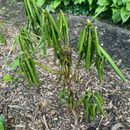
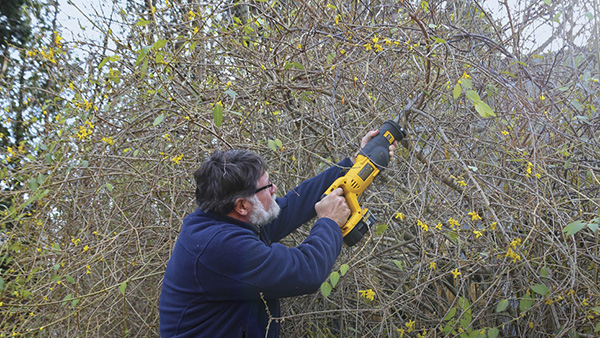

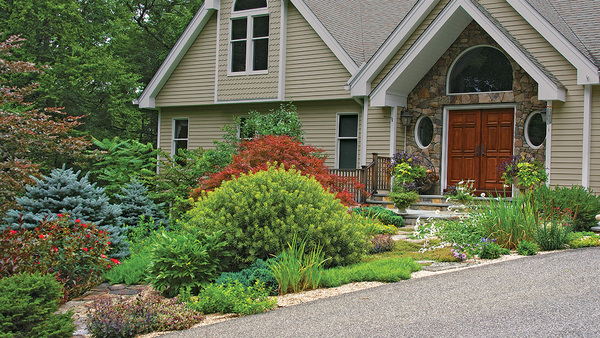
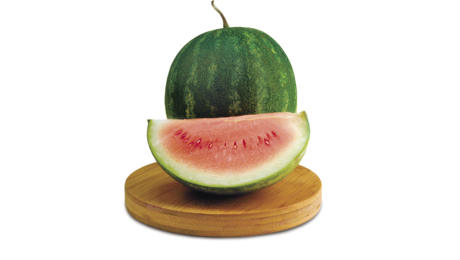

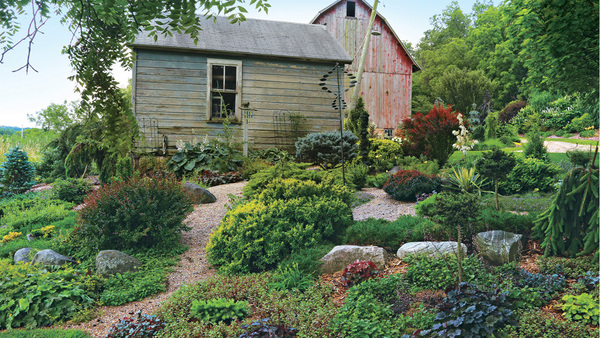
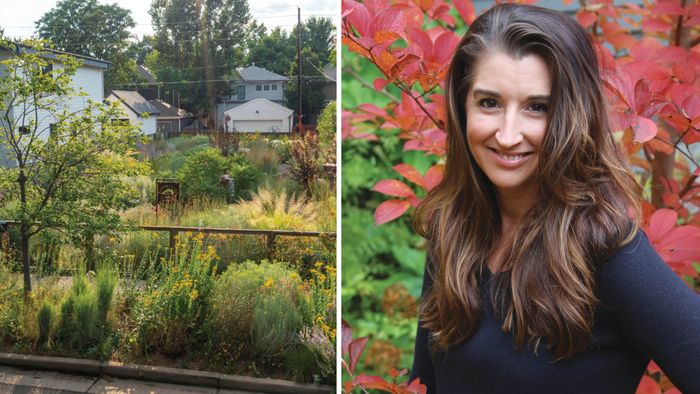






Replies
Since the 2 other plants seem to be doing well and the conditions you describe seem optimal, you might consider that the plant had a pathogen before you purchased it. You can have it tested at your state's NPDN registered lab:
https://www.npdn.org/
You also might want to check out this article:
https://www.finegardening.com/article/how-to-kill-a-rhododendron
Not sure if this is the case with your plant, but I've lost many woody plants and perennials to vole damage. The sudden wilting is usually my first and only clue that voles have damaged or destroyed the root system.
Thanks for the comments. I got the plant from a respectable and specialized dealer in Rhododendron. So I would be surprised if it had a pathogen only because his entire farm would be in trouble.
The vole thing might be a problem. I have moles which I don't do anything about because they in general do good things for soil. I will put some covered mice traps near the mole tunnels in case they are using the mole paths as a run way. I don't see any obvious signs though.
I am pretty sure I was unable to safe the poor thing but I will keep trying until it is fully crispy.
I am looking into contacting the local lab at College Park Maryland just in case so it does not spread. there website could be less confusing and I still trying to figure out how to contact them as a 'Home Gardner'.
Thanks again for ideas!
Root Issues: The fact that your rhododendrons were planted on mounded soil for better drainage is a good practice. However, it's possible that the roots of the middle plant are not as well-established as the other two, or they may have encountered some root-related problems. Check the roots for rot, damage, or any other issues that might hinder the plant's ability to take up water and nutrients.
Fungal or Bacterial Diseases: Although you mentioned there are no visible signs of pests or mold, fungal or bacterial diseases might be present and not immediately visible. Examine the leaves and stems more closely for any signs of lesions, discoloration, or unusual growths.
Nutrient Deficiency: Lighter green leaves can be a sign of nutrient deficiencies. Rhododendrons typically prefer acidic soil with good amounts of organic matter. Check the pH of the soil to ensure it remains within the suitable range (around 4.5 to 6.0 for most rhododendron varieties). Consider applying a balanced rhododendron-specific fertilizer to ensure the plant is getting the necessary nutrients.